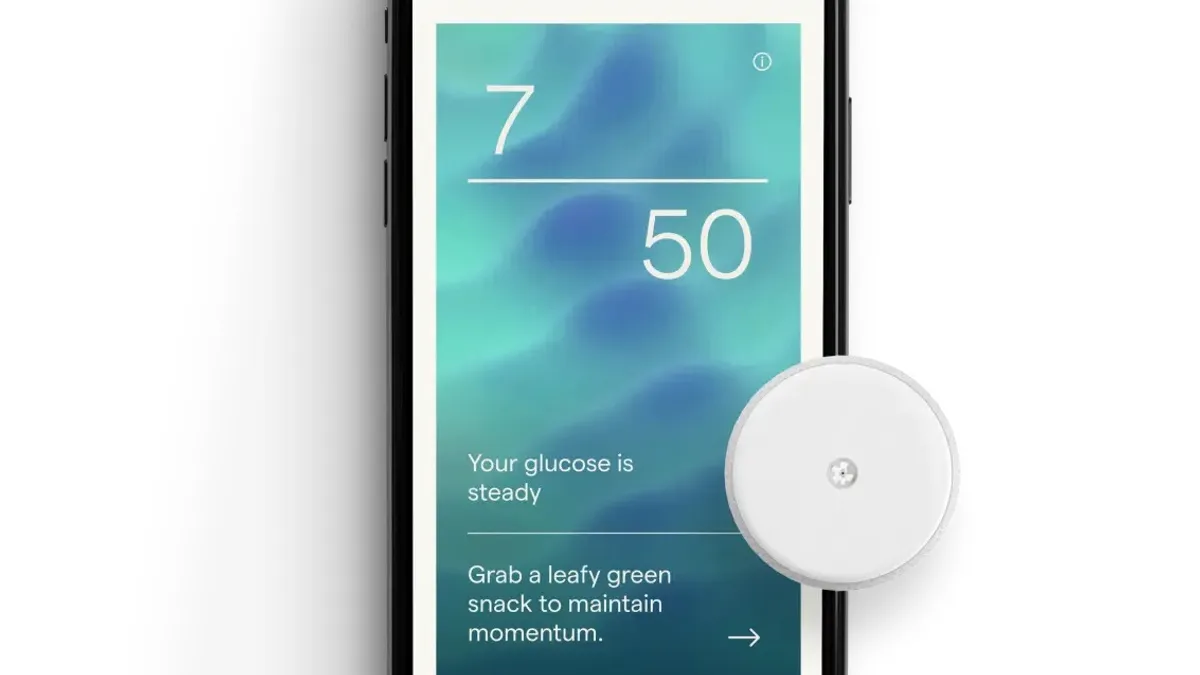Abbott CEO Robert Ford expects the company to meet its goal of $10 billion in sales for its Libre diabetes devices by 2028.
“We feel very, very confident in our ability to deliver that $10 billion by 2028. I'd like to go beyond that,” Ford told investors at the J.P. Morgan Healthcare Conference in San Francisco on Tuesday.
Abbott’s Freestyle Libre continuous glucose monitors have been a top performer for the company, bringing in $4.3 billion in sales in 2022, a 22% increase year over year. To meet its goal, Abbott needs to maintain a compound annual growth rate of 15%.
Ford outlined three approaches to help Abbott achieve this.
First, the company is working to connect its sensors to more insulin pumps. Abbott currently has a lower share of the market for people who use insulin pumps, but the company aims to change that. Recently, Abbott integrated with Tandem Diabetes Care’s t:slim X2 pump, and the company is also working on a dual analyte sensor that can measure glucose and ketones continuously, and connect to insulin pumps.
Second, the company expects to expand its customer base to include more people with Type 2 diabetes who only take basal insulin. In the past, this group of patients typically accessed CGMs through cash pay programs, but Medicare started covering the devices last year for people who only take basal insulin.
Third, Abbott has started marketing sensors to people who don’t have diabetes through a direct-to-consumer program called Lingo. It launched the program in the U.K. last year and hopes to bring it to the U.S., although Ford didn’t share a launch date.
Early results from the U.K. launch show strong app usage and interaction, J.P. Morgan analyst Robbie Marcus wrote in a research note.
“While Lingo won’t have the same continuous use subscription model that the diabetes business does, the product could be bigger than Libre down the line given the sheer size of the potential [total addressable market],” Marcus wrote. He pegged the market at about 50 million potential patients, using roughly six sensors per year.
Pricing
Pricing has been a question for medical device companies, as inflation and supply issues have driven up costs in recent years, but hospital customers face limited budgets. Ford said that even though inflation has come down, costs have gone up.
“So unless there's a change in those costs coming down, I don't foresee us returning to those kinds of pre-pandemic pricing dynamics,” he told investors.
In the past, volume, not price, has been a growth driver for Abbott. But in recent years, for certain parts of the business, prices contributed to the growth, Ford said.
Hospital budgets are not elastic, and new technologies need to not only solve a clinical problem, but also the issue of access to care, he added. Looking to the future, Ford sees Abbott’s Freestyle Libre CGM as a pricing model for new technologies.
“We priced the product significantly lower than competitors, and all of a sudden the entire market opened up. It became less of a niche and became more of a mainstream product,” Ford said. “We didn't do that by sacrificing profitability. It's still probably one of our most profitable products in the company.”











